
Generally speaking, the service life of the core component of the third-generation night vision device, the image intensifier, is usually around 10,000 hours to 12,000 hours. If calculated based on 1,000 hours of use per year, its service life is approximately between 10 and 12 years. The following are some factors that affect the service life of the third-generation night vision device:
Read MoreJanuary 25,2025
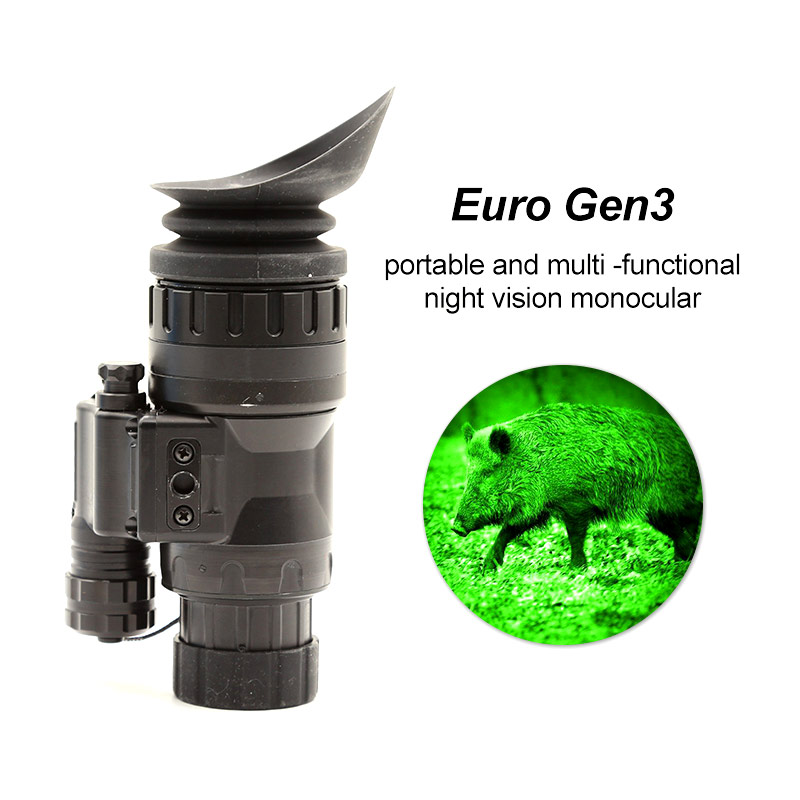
The price difference between the second-generation and third-generation night vision devices is usually large. Generally speaking, the price of second-generation night vision devices is between 20,000 and 50,000 yuan, while the price of third-generation night vision devices is generally above 50,000 yuan. The following is an analysis of the reasons for the large price difference:
Read MoreJanuary 24,2025

The third-generation night vision device has a stronger ability to identify targets and is easier to identify the types of targets, such as distinguishing different objects or people in complex environments.
Read MoreJanuary 23,2025
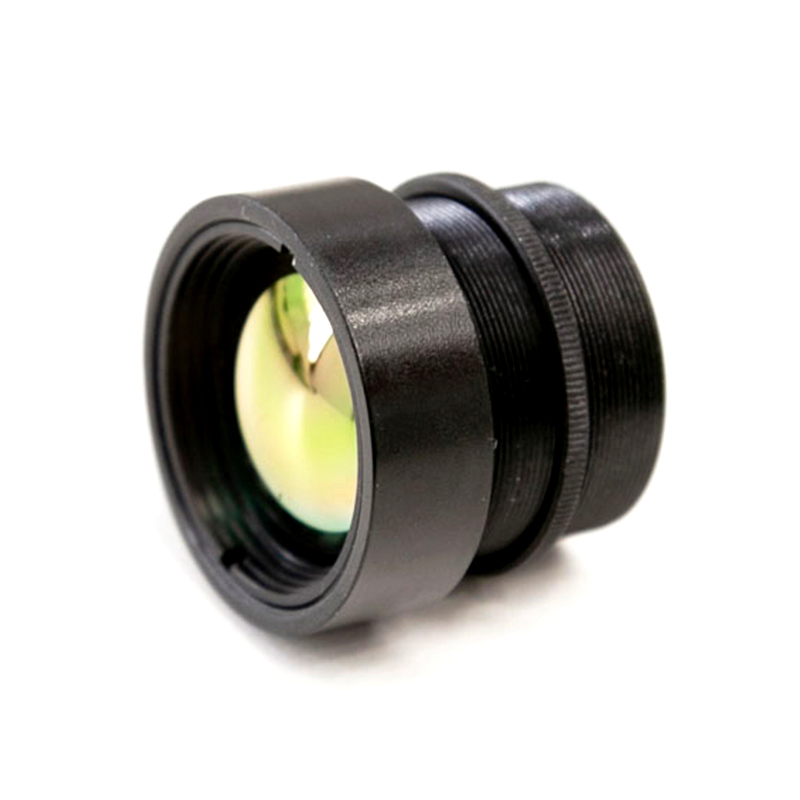
Chalcogenide glass has excellent transmittance in the infrared band and can be used in the optical system of night vision goggles, such as lenses and window materials. Compared with traditional optical glass, chalcogenide glass can reduce the absorption and scattering of infrared light in optical components, allowing more light to reach the detector, thereby improving the brightness and clarity of the image.
Read MoreJanuary 22,2025
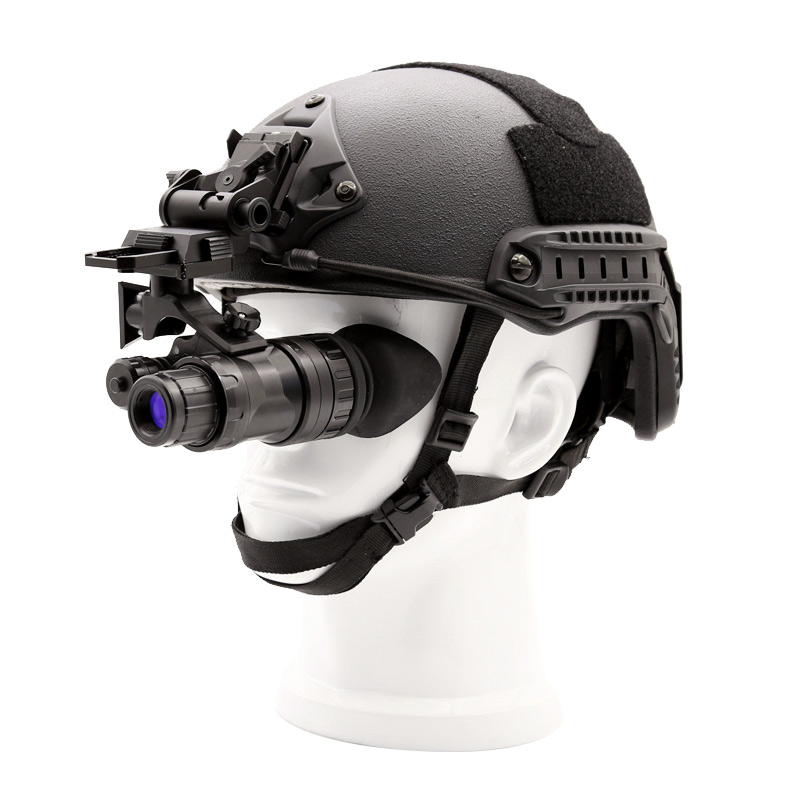
Integrate imaging technologies of multiple spectra such as infrared, low light, and visible light, give full play to the advantages of each spectral segment, and achieve more comprehensive and accurate target detection and identification.
Read MoreJanuary 21,2025
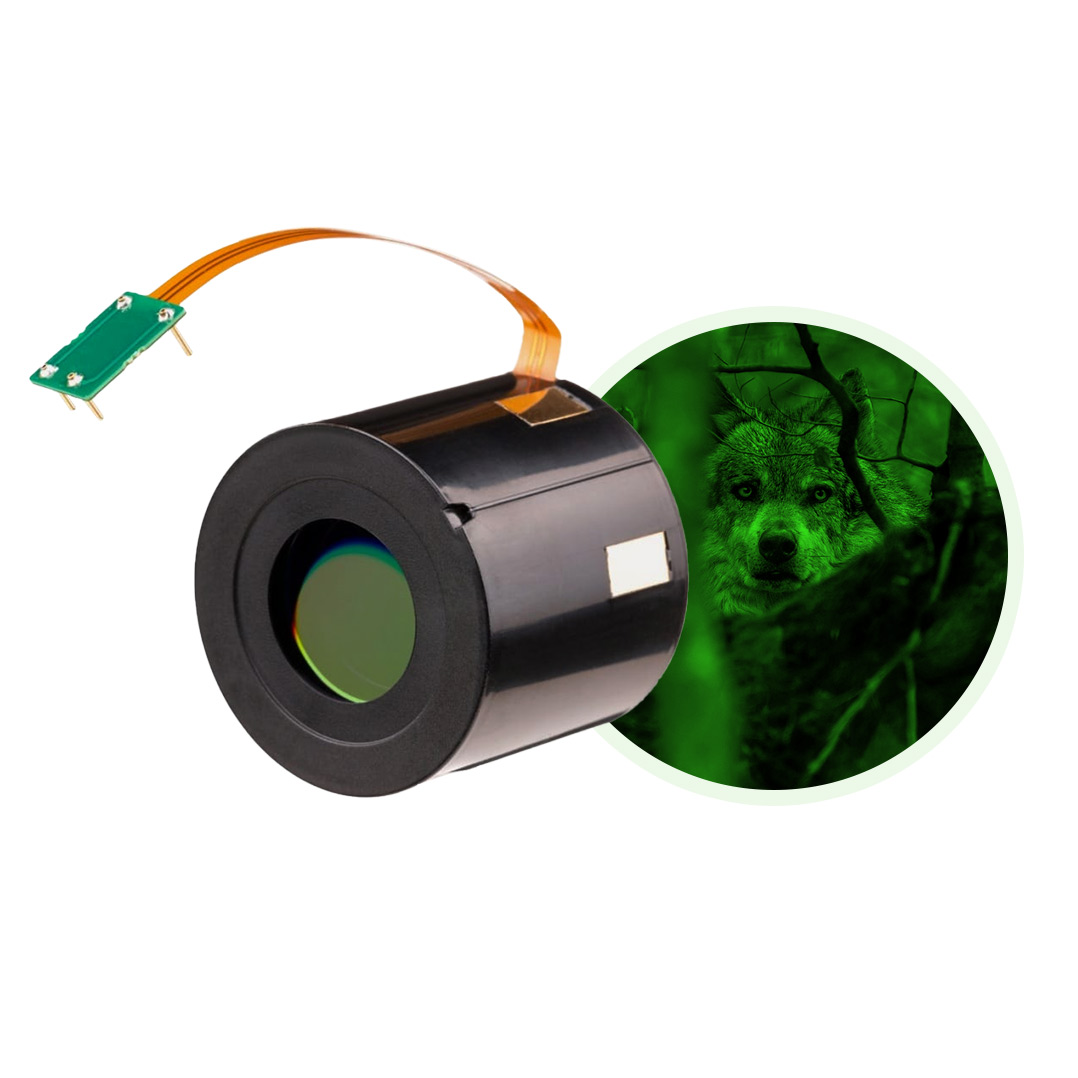
Gain refers to the ratio of the image intensifier output signal (light or electronic signal) to the input signal, which reflects the ability to amplify weak light. Appropriate gain can enhance the image signal, making it easier to observe details that were originally difficult to distinguish due to weak light, thereby helping to improve the effective use of resolution to a certain extentI. Interrelated aspects
Read MoreJanuary 20,2025
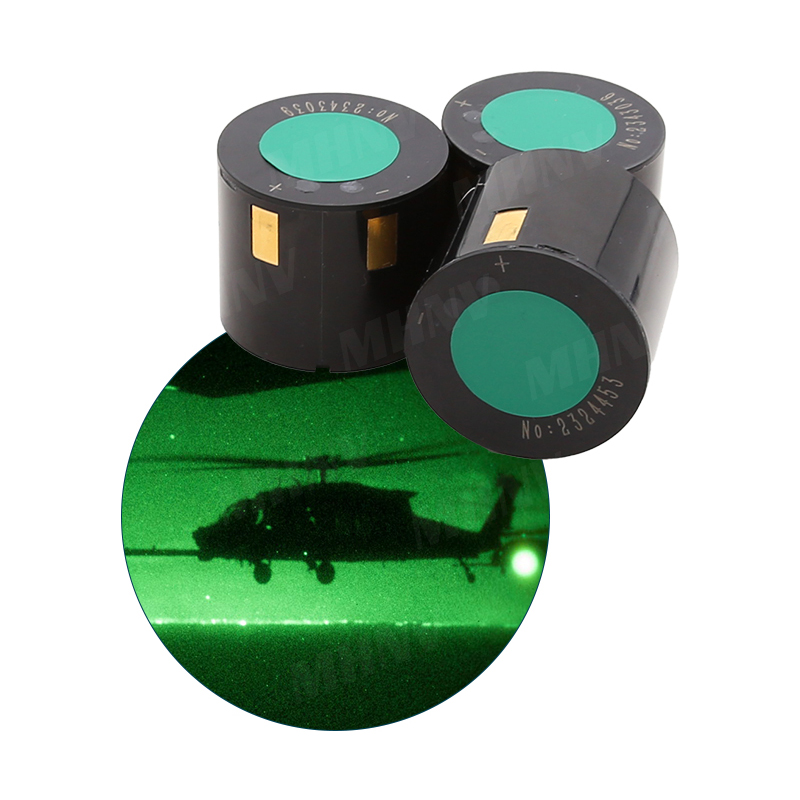
The fluorescent material of the fluorescent screen determines its luminous efficiency, brightness and resolution. Selecting fluorescent materials with high luminous efficiency and good resolution can improve the brightness and clarity of the image. For example, some new fluorescent materials have higher quantum yields and narrower luminous spectra, which can provide clearer and brighter images.
Read MoreJanuary 18,2025
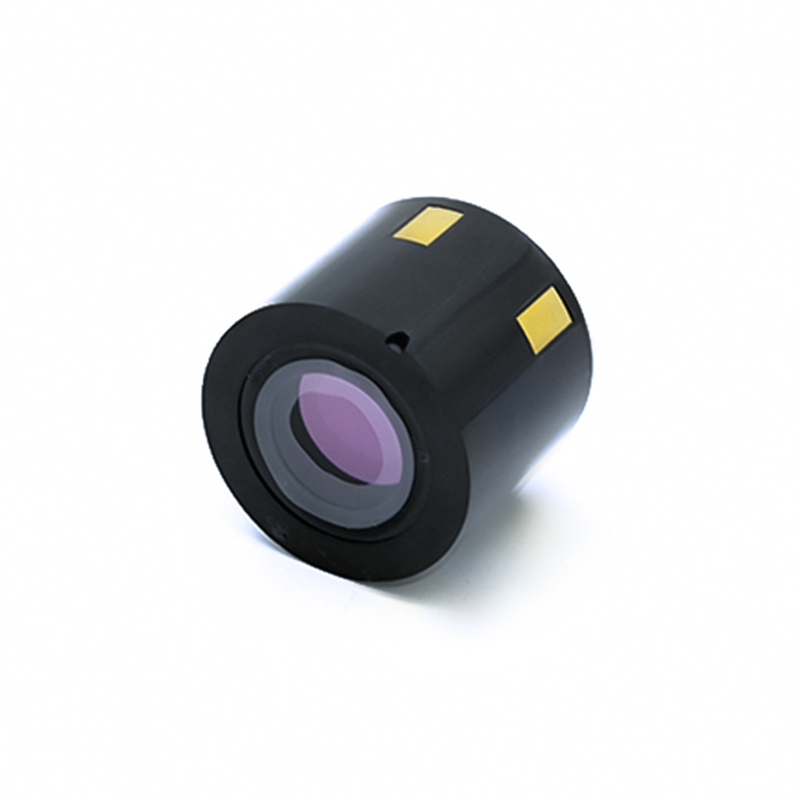
Brightness gain refers to the ratio of the brightness of the image output by the image intensifier to the brightness of the input image. It reflects the image intensifier's ability to amplify weak light. High brightness gain can make images brighter in low-light environments and easier to observe.
Read MoreJanuary 17,2025
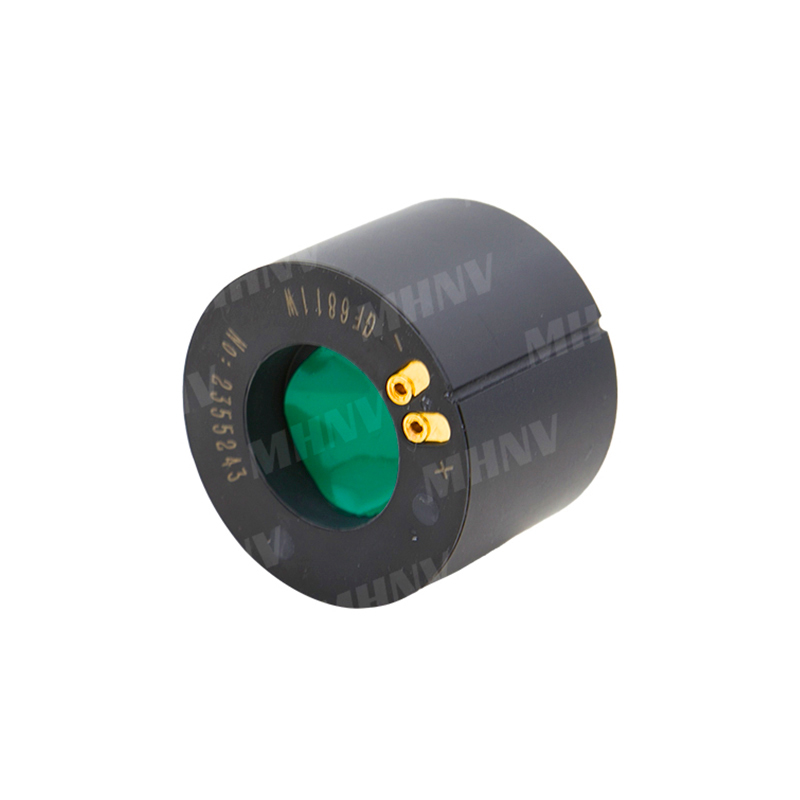
The work of an image intensifier starts with a photocathode. The photocathode is a special material, usually made of alkali metal compounds (such as antimony-potassium-sodium-cesium compounds). When weak light (such as moonlight, starlight) shines on the surface of the photocathode, the electrons in the photocathode absorb the energy of the photon.
Read MoreJanuary 16,2025
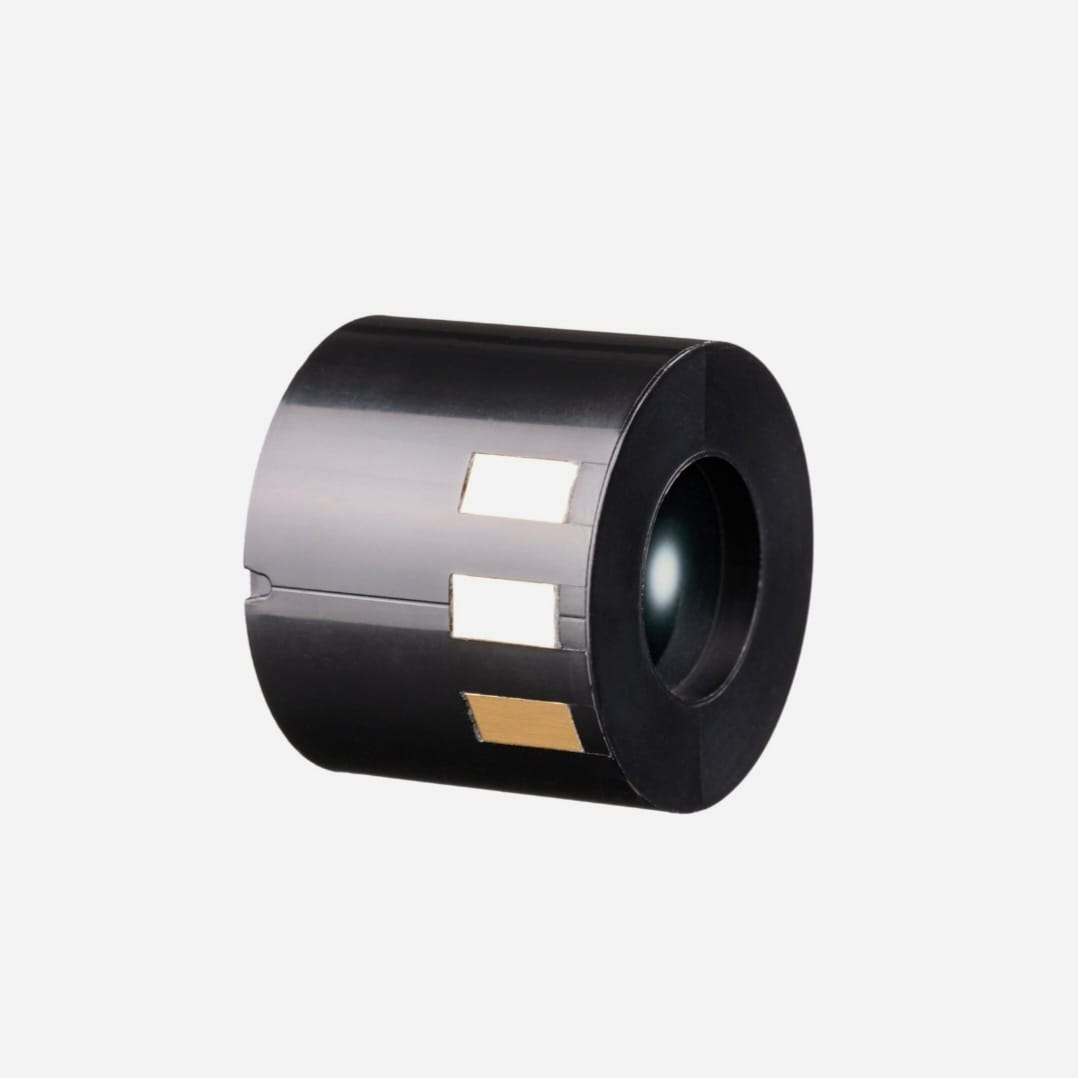
Image intensifiers help improve the resolution and contrast of night vision imaging. By precisely controlling the movement and focusing of electrons, the details of the target can be presented more clearly, making the difference between the target and the background more obvious.
Read MoreJanuary 15,2025
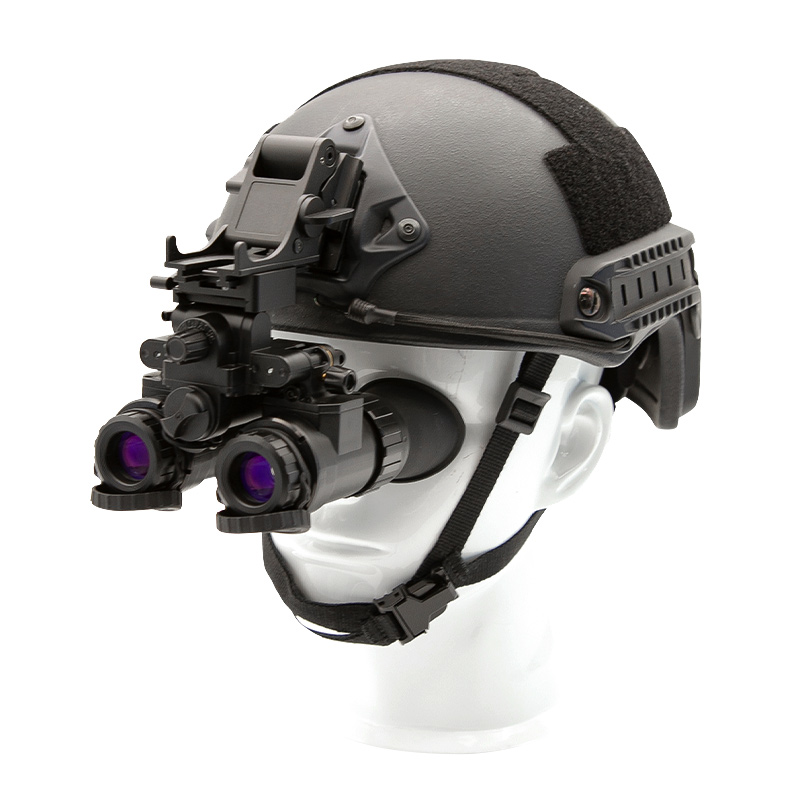
Soldiers can use low-light night vision goggles to observe the deployment of troops, equipment and terrain of enemy positions at night. For example, when patrolling the border, they can find potential signs of invasion under moonlight and starlight, such as observing suspicious activities or vehicle movements on distant hillsides.
Read MoreJanuary 14,2025
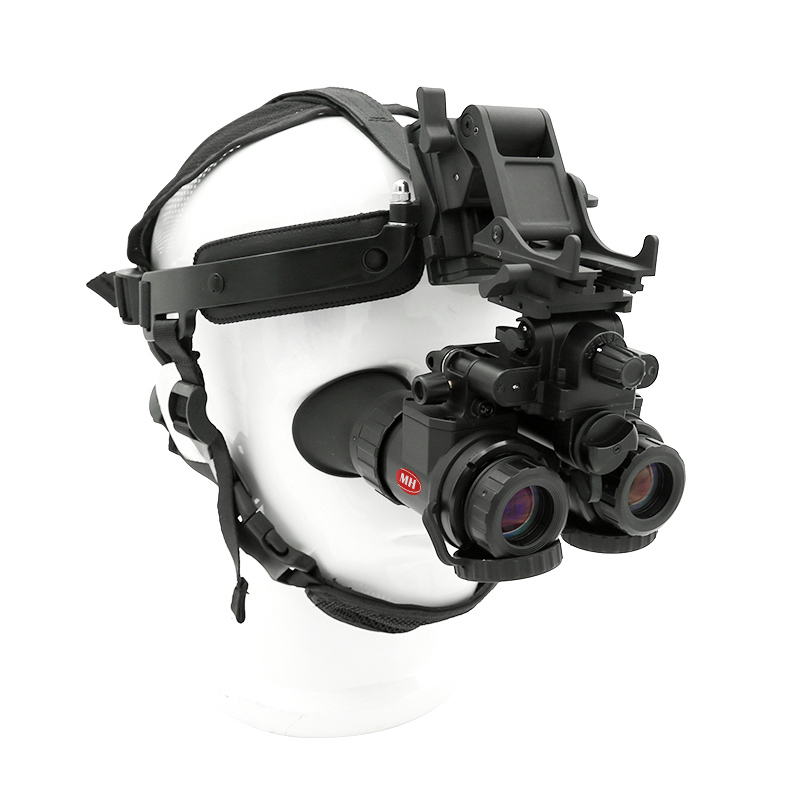
Image intensifier is the core component of low-light night vision devices. Good low-light night vision devices usually use high-performance image intensifiers, such as super second-generation or third-generation low-light night vision tubes, which have the advantages of higher gain, lower noise and longer life.1. Imaging performance
Read MoreJanuary 13,2025